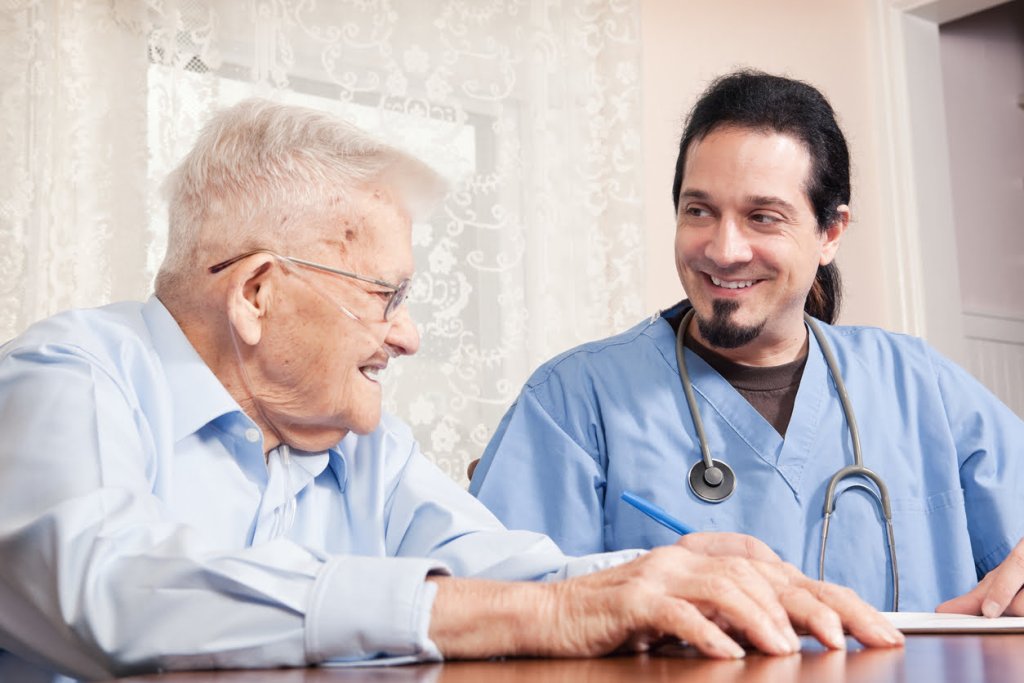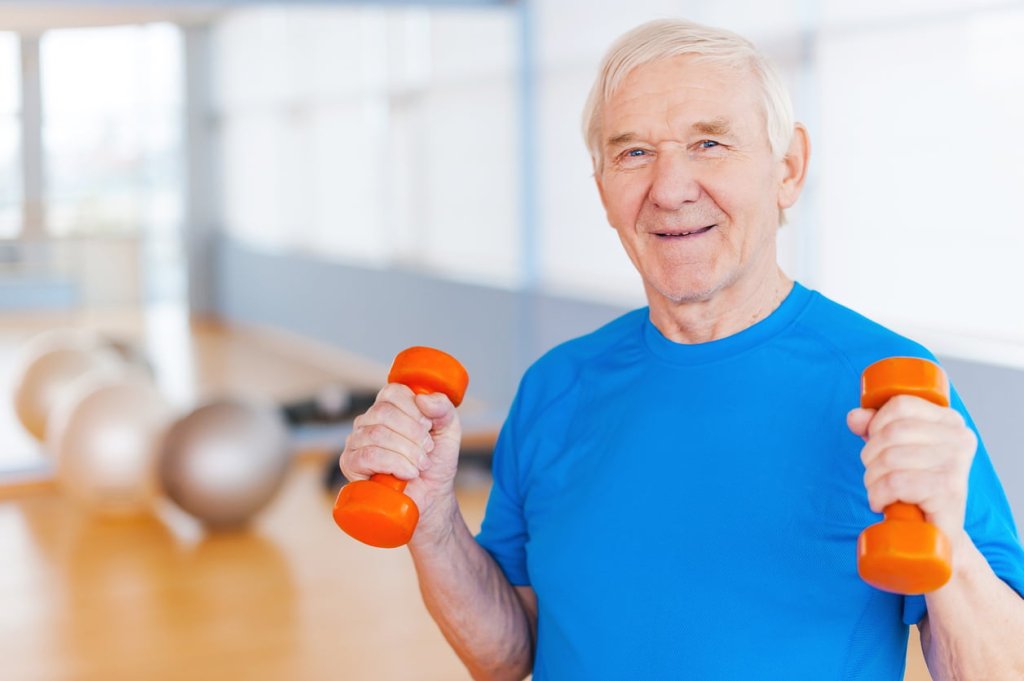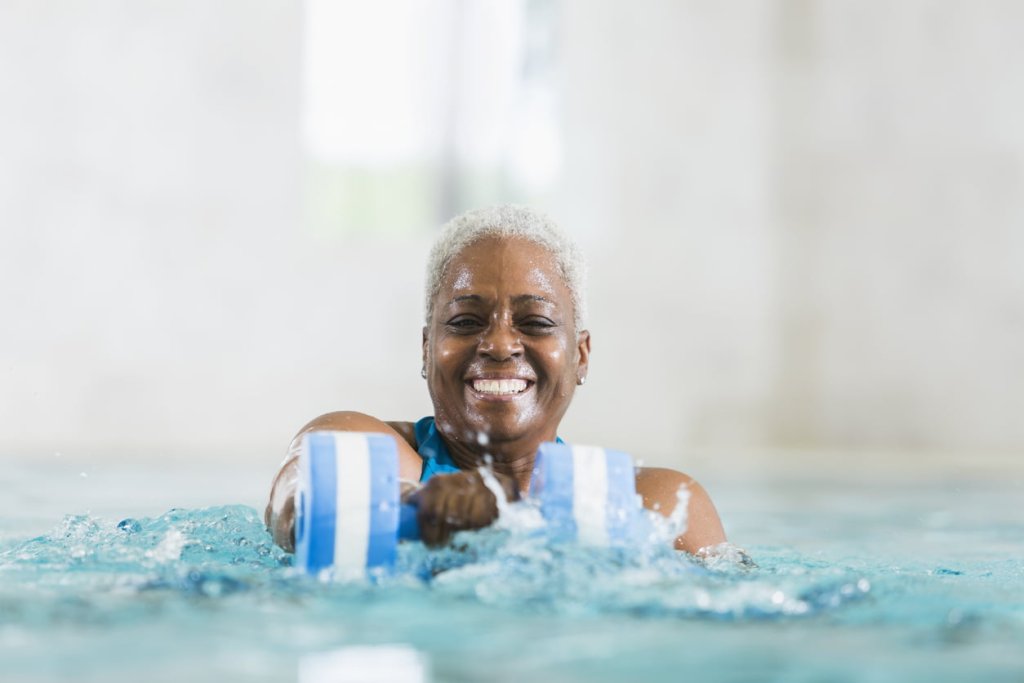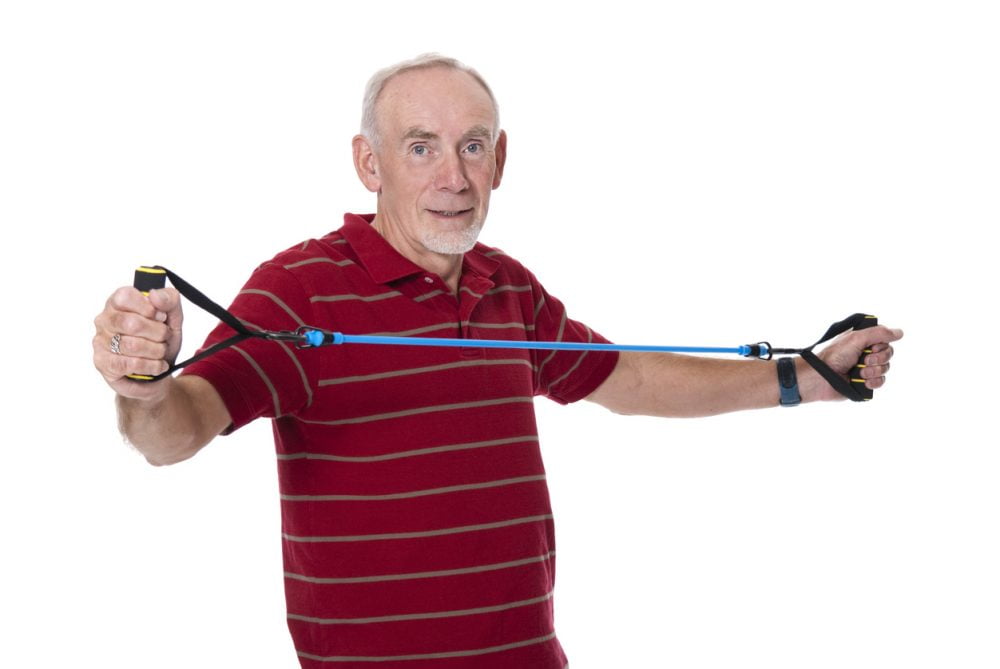This article for nurses on pulmonary rehabilitation for people with chronicA health condition marked by long duration, by frequent recurrence over a long time, and often by slowly progressing seriousness. For example, rheumatoid arthritis. obstructive pulmonary disease (COPD) is the last in the series of evidence reviews written by Sarah Chapman for the British Journal of Community Nursing. It was published there in December 2017.
Page last checked: 14 November 2022.
Chronic obstructive pulmonary disease (COPD) is a multifactorial, progressive, chronic lung disease, and is the only major cause of death whose incidenceThe number of new occurrences of something in a population over a particular period of time, e.g. the number of cases of a disease in a country over one year. is on the increase. By 2030, COPD is expected to be the third leading cause of death worldwide, exceeded only by heart disease and stroke (European COPD Coalition, 2017). The primary cause of COPD is tobacco smoke. COPD includes chronic bronchitis and emphysema; many people with COPD have both.
Interventions for COPD include stopping smoking, drug and non-drug therapies, supplementary oxygen, surgical treatments and palliative care. Pulmonary rehabilitation has a central place in managing COPD, as supported by international guidelines and best evidence (McCarthy, 2015).

Established benefits of pulmonary rehabilitation
Pulmonary rehabilitation is ‘a proactive approach to minimising symptoms, improving health-related quality of life and increasing physical and emotional involvement in everyday life’ (McCarthy, 2015). Comprehensive assessment is followed by therapies tailored to the individual. These will vary, but exercise training is regarded as a core component. The aim is to improve the physical and mental health of the person with COPD and encourage long-term adherence to behaviours that improve health.
So much of the time Cochrane ReviewsCochrane Reviews are systematic reviews. In systematic reviews we search for and summarize studies that answer a specific research question (e.g. is paracetamol effective and safe for treating back pain?). The studies are identified, assessed, and summarized by using a systematic and predefined approach. They inform recommendations for healthcare and research. reveal evidence gaps and continued uncertainty. While it is important to know where there is no reliable evidence to inform decision-making, ‘more research needed’ is always a rather dispiriting sentence to read. So it is heartening to learn that clinical research into pulmonary rehabilitation for people with COPD has delivered meaningful outcomesOutcomes are measures of health (for example quality of life, pain, blood sugar levels) that can be used to assess the effectiveness and safety of a treatment or other intervention (for example a drug, surgery, or exercise). In research, the outcomes considered most important are ‘primary outcomes’ and those considered less important are ‘secondary outcomes’.. When the Cochrane Review on pulmonary rehabilitation in COPD was last updated, the Cochrane Airways editorial board made the unusual decision to close the review, meaning that it will not be updated again (McCarthy, 2015; Lacasse 2015).
Each update of this review, first published in 1996 and on its fourth version by 2015, strengthened the findings that pulmonary rehabilitation is beneficial in improving quality of life for people with COPD on completion of the programme (Lacasse, 2015). Back in 2006, the review authors concluded that further trials comparing pulmonary rehabilitation with usual care were not warranted. Although the evidence qualityThe certainty (or quality) of evidence is the extent to which we can be confident that what the research tells us about a particular treatment effect is likely to be accurate. Concerns about factors such as bias can reduce the certainty of the evidence. Evidence may be of high certainty; moderate certainty; low certainty or very-low certainty. Cochrane has adopted the GRADE approach (Grading of Recommendations Assessment, Development and Evaluation) for assessing certainty (or quality) of evidence. Find out more here: https://training.cochrane.org/grade-approach, as defined by the Grading of Recommendations Assessment, Development and Evaluation working group, is rated as moderate at best, high-quality evidence cannot be expected in trials of pulmonary rehabilitation, as the interventionA treatment, procedure or programme of health care that has the potential to change the course of events of a healthcare condition. Examples include a drug, surgery, exercise or counselling. cannot be double-blinded.
There is reliable evidence from another Cochrane Review that pulmonary rehabilitation after an exacerbation of COPD has moderate to large beneficial effects on health-related quality of life (HRQoL) and exercise capacity (Puhan, 2016).
Areas of uncertainty
Pulmonary rehabilitation is a complex intervention, and both reviews have highlighted continuing areas of uncertainty that could usefully be explored in future trials and meta-analyses. There is a need for further research to understand the impact on outcomes of factors such as training intensity, programme components, length and location, the degree of supervision, and how long the effects last.
There are several Cochrane Reviews that explore aspects of the exercise training component of pulmonary rehabilitation, so it is worth looking at these to see whether they have useful evidence for practice.

Exercise training
Exercise training can improve exercise capacity and musculoskeletal strength and reduce dynamic hyperinflation in people with COPD, which can in turn lead to reduced symptom burden and better quality of life. Traditionally provided through supervised programmes, more recently there has been interest in the role of unsupervised exercise training, using resources such as DVDs and written material, for people with COPD.
A Cochrane Review, which aimed to establish the effects of intensity (higher versus lower) or type (continuous versus interval training) of leg exercise training on exercise capacity, symptoms and HRQoL in people with moderate to severe COPD, found that both types of training are probably equally effective, but that the impact of training intensity remains uncertain (Zainuldin, 2011).
Despite this uncertainty, increasing exercise intensity remains a goal, and the use of non-invasive ventilation (NIV), a type of breathing support delivered via a mouthpiece or mask, a means proposed for achieving this. The bottom line of a Cochrane Review exploring this is that ‘it is currently unknown whether the demonstrated benefits of NIV during exercise training are clinically worthwhile or cost-effective’ (Menadue et al, 2014).
Upper limb training is also often part of pulmonary rehabilitation. Arm fatigue and dyspnoea can make it difficult for people with COPD to perform upper limb exercise, and addressing the uncertainty about the effect of this training on breathing and HRQoL was the objective of a Cochrane Review (McKeough, 2016). It found that some form of upper limb training, compared to none, probably improves dyspnoea but not HRQoL in people with COPD. Questions remain about what constitutes the optimal upper limb training programme.
Water-based exercise training is an alternative to land-based programmes and a Cochrane Review found some evidence comparing the two approaches, as well as looking at the effect of water-based training compared with none (McNamara et al, 2013). Immediate improvements in exercise capacity were demonstrated following water-based training and it compared favourably with no exercise and with land-based exercise, but whether the effects are sustained is unclear. Potential differences between the two training types in terms of HRQoL are also unknown.

Looking ahead
The current National Institute for Health and Care Excellence (NICE) guideline (2010) states that pulmonary rehabilitation should be available to all those with COPD who need it, including those who have had a recent hospital admission for an exacerbation. The Cochrane evidenceCochrane Reviews are systematic reviews. In systematic reviews we search for and summarize studies that answer a specific research question (e.g. is paracetamol effective and safe for treating back pain?). The studies are identified, assessed, and summarized by using a systematic and predefined approach. They inform recommendations for healthcare and research. published since the guideline further supports this recommendation, while its effectivenessThe ability of an intervention (for example a drug, surgery, or exercise) to produce a desired effect, such as reduce symptoms. in ‘real-life’, with benefits comparable to those seen in clinical trialsClinical trials are research studies involving people who use healthcare services. They often compare a new or different treatment with the best treatment currently available. This is to test whether the new or different treatment is safe, effective and any better than what is currently used. No matter how promising a new treatment may appear during tests in a laboratory, it must go through clinical trials before its benefits and risks can really be known., has been confirmed in the most recent clinical audit of pulmonary rehabilitation services in England and Wales (Steiner et al, 2016).
Cochrane Reviews have helped to establish the benefits of pulmonary rehabilitation but also where research resources now need to be directed to understand how to maximise its effectiveness and safetyRefers to serious adverse effects, such as those that threaten life, require or prolong hospitalization, result in permanent disability, or cause birth defects.. In the light of audit findings that there is a need for better awareness amongst health professionals and patients of the benefits of pulmonary rehabilitation, it is good news that a Cochrane Review has recently begun, on interventions to improve referral, uptake and adherence to pulmonary rehabilitation is now under way (Young et al, 2017).
Sarah Chapman has nothing to disclose.


